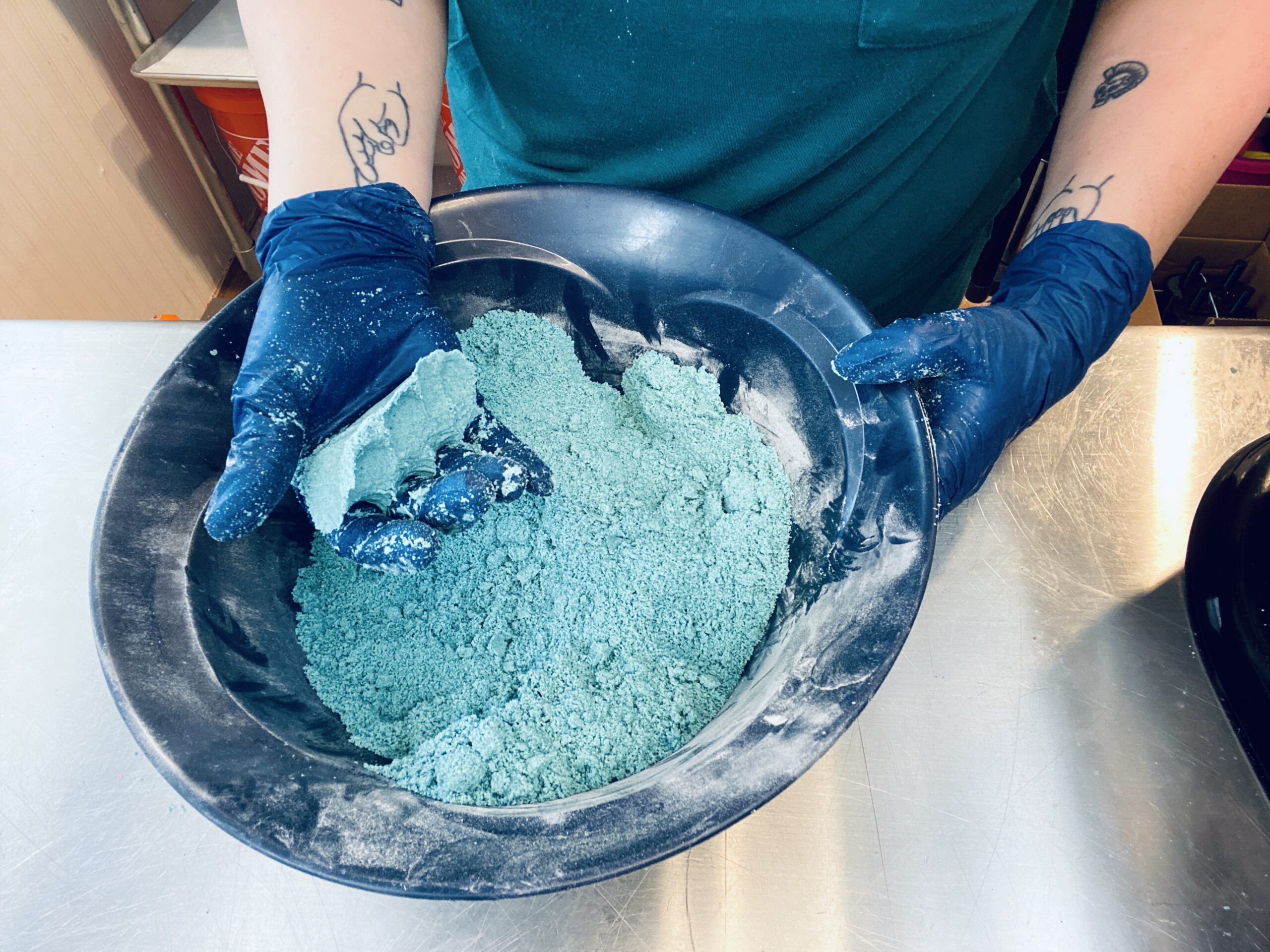WHAT COUNTS AS LOW HUMIDITY?
Parts of this article appear in our Low Humidity recipe, but we felt it was really important information that should be made widely available, so we’ve decided to turn it into a blog post as well! We apologize if you’ve purchased the recipe and feel that this is redundant, but it’s such a common issue that we really wanted to expand the audience on this and make it freely available to as many people as possible!
What do we consider Low, Average and High Humidity? This is a pretty common question, and you’d be surprised how many people with a Relative Humidity of 45% send me distressed messages needing help with their “high” humidity. And while 45% humidity might be higher than what they are used to, I would actually consider it to be average.
The problem with most measurements commonly used to determine humidity are that they are looking at RELATIVE humidity, but in reality we should also be factoring in Absolute Humidity, and Dew Point!
Relative Humidity: The amount of water vapor in the air compared to how much water vapor the air is capable of holding.
Absolute Humidity: The actual amount of water vapor in the air, regardless of the air’s temperature
Dew Point: The temperature at which the air could achieve a relative humidity of 100%
Let’s pretend our atmosphere is a bucket. You are at your house with a bucket, and I am at my house with a bucket. We both agree to fill our buckets half full, which means we are both at 50% Relative Humidity. Cool. Next we each take a selfie with our buckets and send them to each other, at which point we are shocked to see that while my bucket takes two hands to hold, yours is the size of a thimble and fits in the palm of your hand. Even though both our buckets (Relative Humidity) are at 50%, the actual amount of water is vastly different—that’s how Absolute Humidity works. Crazy right?
Meanwhile, air is like a sponge! As the molecules that make up our atmosphere expand in the heat, there is more room for water vapor to hang out and stay suspended. When the air cools, those molecules contract and there is less room for that water vapor. At some point that cool air becomes so cold that the moisture just gets squeezed out and—BAM—we have our dew point!
Dew point means that unless you work in a controlled environment (like a lab) as the temperature fluctuates throughout the day, your Absolute Humidity also fluctuates widely—especially in comparison to Relative Humidity. It might also help explain why someone who uses the High Humidity recipe in very low temperatures can still struggle with it.
Unfortunately Absolute Humidity can be a pain to nail down so we suggest taking both Dew Point and Relative Humidity into consideration. Dew Point is easy to look up using a weather app, and you can buy low cost hygrometers online that will give you accurate readings of your current relative humidity.
With those two numbers you can look at these ranges to determine where your work environment falls. Remember that while you will have variance from day to day and even hour to hour, you’re looking for the average. For the most part once you have a recipe that you know works well, you likely won’t have to switch from one to the other just because the humidity takes a sudden plummet for an hour or two. For me, I only switch recipes seasonally.
Low Humidity:
- Relative humidity at or below 30%
- Dew point below 55*F (12.78*C)
Average Humidity:
- Relative humidity between 30-50%
- Dew point between 55*F-65*F (12.78*C-18.33*C)
High Humidity:
- Relative humidity at or above 50%
- Dew point above 65*F (18.33*C)
If your relative humidity and dew point don’t fall neatly between either the low or the high range then it’s likely that either recipe will probably work for you, although you might have to make a few tweaks. For example, I continue to use the high humidity recipe well into fall when the humidity is consistently dropping and don’t make the official switch until it is under 40% on a regular basis. Conversely, I’ve successfully used the low humidity recipes all the way up to 50% humidity, although it is much slower to dry at that point and needs lots of time near the dehumidifier to finish its cure.
So, humidity is a really complex subject and, like bath bombs, there’s a ton that goes into the equation. The good news is that once you determine your range you really won’t need to check in on your humidity very often. Over time you’ll just get a feel for what your humidity is, based on how your skin feels or how your bath bomb mix is acting; it will become second nature to you. Until then we hope this article helps demystify humidity for you and helps you determine where you land on the issue!
If you live in a dry climate, check out our Low Humidity Recipe!



During spring and summer months my humidity is between 40 and 60 in your opinion should just use the high humidity recipe.